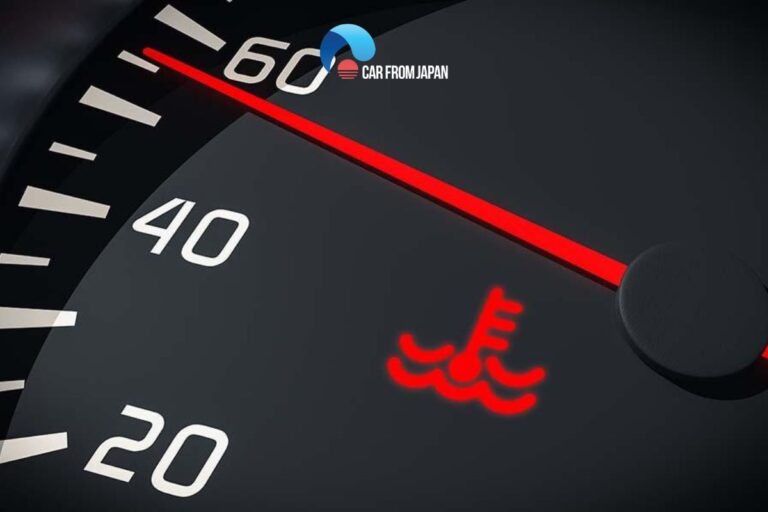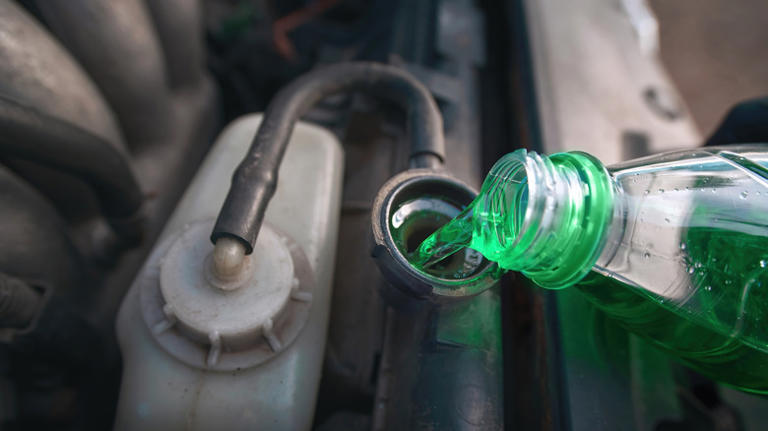Does Turning On the Heat Cool the Engine?

A commonly discussed topic among car enthusiasts and drivers is whether turning on the heat can cool the engine. The answer is yes, but it’s a temporary and minimal solution. Running the heater in your car can help dissipate heat from the engine, but it’s not a substitute for addressing underlying issues with your vehicle’s cooling system.
In this blog, we’ll explore how turning on the heat works to cool your engine, when you should use this technique, and what to do if your engine continues to overheat.
How Does Turning On the Heat Affect the Engine?
The Role of the Heating System in a Car
Your car’s heating system works by drawing heat from the engine’s coolant. When you turn on the heater, hot coolant is circulated through the heater core, and the blower fan pushes warm air into the cabin.
Cooling the Engine via the Heater
By activating the heater, you’re diverting some of the heat away from the engine and releasing it into the cabin. This can reduce the engine’s temperature slightly, providing temporary relief if your engine is running hot.
When Should You Turn On the Heat to Cool the Engine?
Turning on the heat can be useful in specific situations, such as:
1. When the Engine is Overheating
If your engine temperature gauge shows that the engine is overheating, turning on the heater can help reduce the temperature while you find a safe place to pull over.
2. When Stuck in Traffic
Overheating is more likely in stop-and-go traffic due to reduced airflow to the radiator. Turning on the heat can help manage the temperature temporarily.
3. As a Temporary Measure
If your car’s cooling system is malfunctioning, using the heater can provide a short-term solution until the issue is fixed.
How Effective is Turning On the Heat?
While turning on the heat can cool the engine, it’s important to note that this method has limitations:
1. Minimal Impact
The amount of heat diverted is small compared to the overall heat generated by the engine, so the effect is not dramatic.
2. Temporary Solution
This technique is not a permanent fix. If your engine is overheating, it’s crucial to address the root cause.
3. Cabin Comfort
Using this method in hot weather can make the cabin uncomfortable for passengers.
Common Causes of Engine Overheating
If your engine is overheating, it’s essential to identify and fix the underlying problem. Common causes include:
- Low Coolant Levels: A leak in the cooling system or improper coolant maintenance can lead to overheating.
- Faulty Thermostat: A malfunctioning thermostat can prevent coolant from flowing properly.
- Radiator Issues: Clogged or damaged radiators reduce heat dissipation.
- Broken Water Pump: The water pump is responsible for circulating coolant through the engine.
- Fan Failure: A non-functional cooling fan reduces airflow to the radiator.
Steps to Take if Your Engine is Overheating
If your engine begins to overheat, follow these steps:
- Turn On the Heater: Divert some of the heat into the cabin to cool the engine slightly.
- Pull Over Safely: Stop the car in a safe location as soon as possible.
- Turn Off the Engine: Allow the engine to cool before checking under the hood.
- Check Coolant Levels: Once the engine is cool, check the coolant level and refill if necessary.
- Call for Assistance: If you’re unable to resolve the issue, call a mechanic or roadside assistance.
Preventing Engine Overheating
To avoid overheating and the need to use the heater as a cooling method, follow these maintenance tips:
1. Regular Coolant Maintenance
- Check coolant levels frequently and top off if needed.
- Flush and replace coolant as recommended by your vehicle’s manufacturer.
2. Inspect the Cooling System
- Regularly inspect the radiator, hoses, and water pump for damage or leaks.
- Ensure the radiator cap is secure and functioning properly.
3. Monitor the Temperature Gauge
Pay attention to your car’s temperature gauge and address any abnormalities promptly.
4. Use the Right Coolant
Always use the coolant type recommended for your vehicle to ensure optimal performance.
Frequently Asked Questions
1. Does turning on the heat always cool the engine?
Yes, but only slightly and temporarily. It’s a stopgap measure and not a solution for overheating problems.
2. Why does my car overheat in traffic?
Reduced airflow to the radiator in stop-and-go traffic can cause the engine to overheat. Turning on the heat can help in such situations.
3. Can I drive with the heater on if my engine is overheating?
You can drive short distances with the heater on to cool the engine, but it’s better to pull over and address the issue immediately.
4. Does turning on the heat affect fuel efficiency?
No, running the heater does not significantly affect fuel efficiency, as it uses heat already generated by the engine.
5. Should I add water to the radiator if I don’t have coolant?
In emergencies, you can use water as a temporary solution, but coolant is necessary for proper engine cooling and protection.
Conclusion
Turning on the heat can help cool your car’s engine in emergencies by diverting heat from the engine to the cabin. However, it’s a temporary fix and not a long-term solution. Regular maintenance of your car’s cooling system is essential to prevent overheating and avoid costly repairs.
If your engine continues to overheat despite using the heater, it’s time to consult a mechanic and address the root cause. Remember, a well-maintained cooling system ensures your car runs efficiently and reliably, keeping you safe on the road.
Also Check:
• Does Running the Heater in a Car Use Gas?





